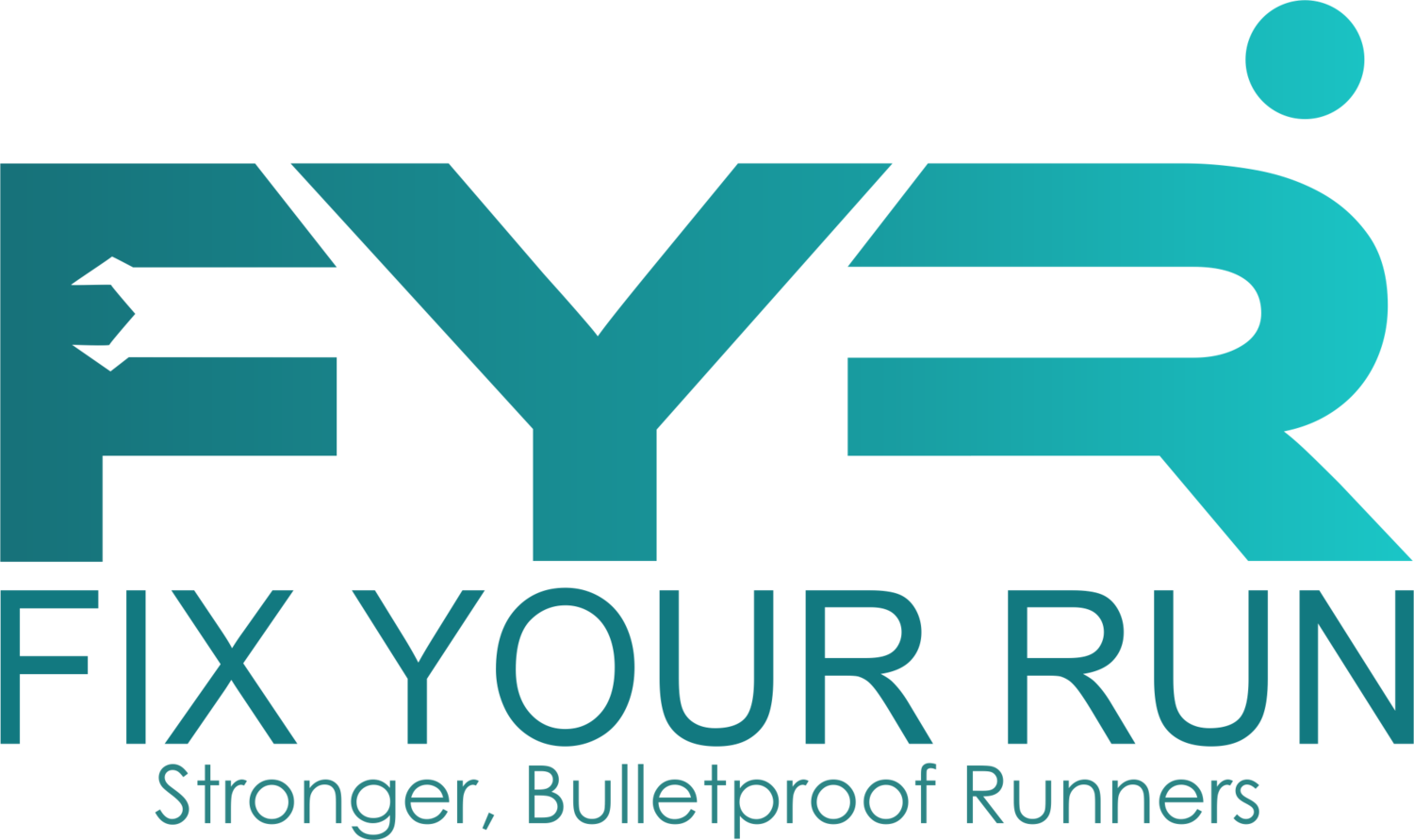Is Your Running Form The Cause of Your Pain?
We'll talk about training mistakes like increasing mileage too quickly or adding too much hills or speed in an upcoming post, but this week I'd like to focus on the biomechanical aspect of running. If you haven't changed anything in your training for the last 6-8 weeks, perhaps we need to examine the way you move.
Where Do I Go From Here?
After you've celebrated your accomplishment of running a big race one of two things happens. You're either ready to turn your attention elsewhere and focus on some other aspect of life or you're more motivated than ever and want to sign up for another race. So what's the next step for you?
What Did You Learn From Your Race?
After each race it is wise to consider what went right and what went wrong. There is immense value in learning from your experiences and as long as you apply what you learn [to your next race], you should perform even better next time. Would you do anything differently knowing what you know now?
11 Tips For An Amazing Broad Street Run Experience
This week I'm going to offer some thoughts and insider tips regarding the Broad Street Run. From planning your morning to pacing yourself to recovering intelligently, its all here. Check it out!
How To Eat Before a Race
It can be nerve wracking, those last few days before a big race. What should I eat? What should I drink? Should I rest? Should I run? Short and fast? Long and easy? Do I need more sleep than usual? And what about breakfast on the day of the race??
Are You Who You Say You Are?
A couple of weeks ago I wrote about the little ugly truth no one talks about when they sign up for a marathon – you must live the marathon lifestyle. You can't fake it. This post goes deeper and I explain the mindset you need to have to be successful.
Respect This Or Pay The Price
Perhaps by continuing to train with devices wrapped around your knees you will get better on your own, but we both know that's not gonna happen. Training with braces, wraps, tape, etc is simply training in denial...
Got Endurance?
This post is for the runner who is genuinely concerned about not only getting to the finish line, but getting to the starting line. You've got 6 weeks and you need to triple your endurance WITHOUT getting hurt. Let's get to it!
First, You Need To Move Well - Pt. 2
So, in the last post I discussed why it's important to move properly and how you can't really expect to train at full bore unless you do. Without functional, basic human movement patterns as your foundation, you will be running and training on dysfunctional movement patterns. That doesn't sound good, but what does that mean exactly?
